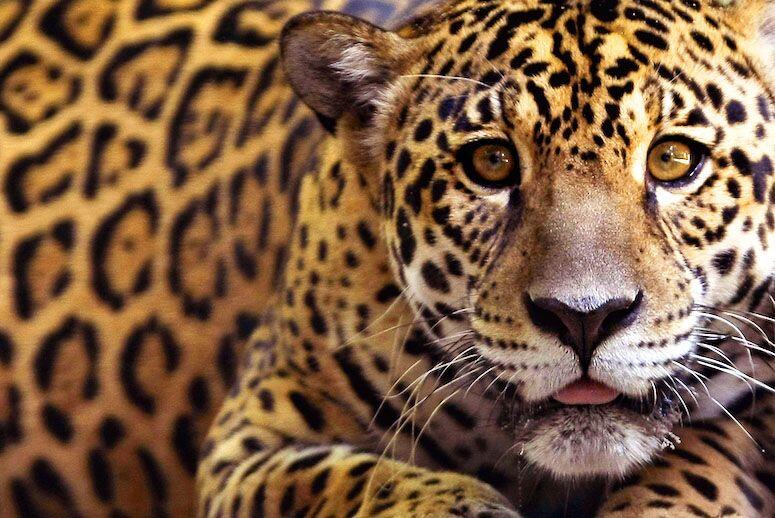Reporting last month for National Geographic magazine, I came away with a contrarian approach to the fur trade: Animal rights activists have always wanted to ban fur farming, “but banning doesn’t stop people from wearing fur,” I wrote. “It just moves production to areas where no rules apply,” notably China. A more logical approach would be to keep fur farming legal, particularly in North America and Europe, under regulatory and marketplace pressures intended to make it a model for the entire livestock industry.
Interviewing people who work in the trade, I added one other idea: They know customers increasingly seek assurance that animals are being farmed as humanely as possible and on environmentally sustainable lines. New industry initiatives like Europe’s WelFur farm inspection system explicitly aim to meet those expectations. So why not go a step further? Why not set aside a percentage of each fur coat to support conservation of fur-bearing animals in the wild? It would of course be a marketing tool. But it would also begin to compensate for the unregulated commercial exploitation of spotted cats and other species in the past. I’ll get to the industry response in a moment. First the news:
ADVERTISEMENT
A study out this week in the journal Science Advances aims to calculate just how devastating that trade used to be. A team of researchers led by André Antunes of Brazil’s National Institute of Amazonian Research focused on the Amazonian basin from about 1904 until the commercial skin trade there effectively ended in 1969, under heavy international pressure.
For his research, Antunes spent years hunting down old cargo manifests and other commercial and port records, now squirreled away in various libraries and museums. Working with a coauthor in New Zealand, he then applied a computer model to calculate harvesting trends for different species. Though Antunes describes the results as a conservative estimate, the numbers are significant—at least 23 million animals killed for the skin trade over a single human life span, in an area a little larger than Alaska.
Predators at the top of the food chain, by definition a scarce commodity, were prominent among the victims—182,564 jaguars and 804,080 ocelots and margay cats became fur coats during the period of the study. Other land animals fared even worse—5.4 million collared peccaries, 4.2 million red brocket deer, and 3.1 million white-lipped peccaries.
Given how notorious the fur trade became in the 1960s, the researchers found no evidence that commercial hunting resulted in “empty forests” in the Amazon. That’s partly because the Amazon was still largely intact and inaccessible forest, unlike some other regions being decimated by the fur trade then. Travel was limited mainly to rivers. That put roughly 80 percent of the forest out of reach for commercial hunters, inadvertently providing a refuge for wildlife to repopulate exploited areas.
“Empty rivers,” on the other hand, were common, according to the study, with hunters hammering populations of black caiman (4.4 million animals taken), capybaras (1 million), giant otters (386,491), and manatees (110,504), among other species.
The 20th-century Amazonian skin market evolved as an aftereffect of the rubber trade, much as wildlife often vanishes today after logging and mining operations open remote forests. A late 19-century boom in rubber prices sent half a million people and a fleet of steamships into the Amazon to gather rubber. When prices collapsed in 1912, those colonists turned to the skin trade.
They continued to harvest animals without limit until 1967, when Brazil passed legislation to protect some overexploited species. The trade then limped along until the 1975 ratification of the Convention on the International Trade in Endangered Species, which ended international demand for hides from the Amazon.
“Surprisingly, no previous studies documented the exploitation of the animals or the resilience of the ecosystem,” said coauthor Taal Levi, a wildlife ecologist at Oregon State University.
Yet it was “a massive international trade in furs and skins,” he said.
Source: TakePart
Author: Richard Conniff











